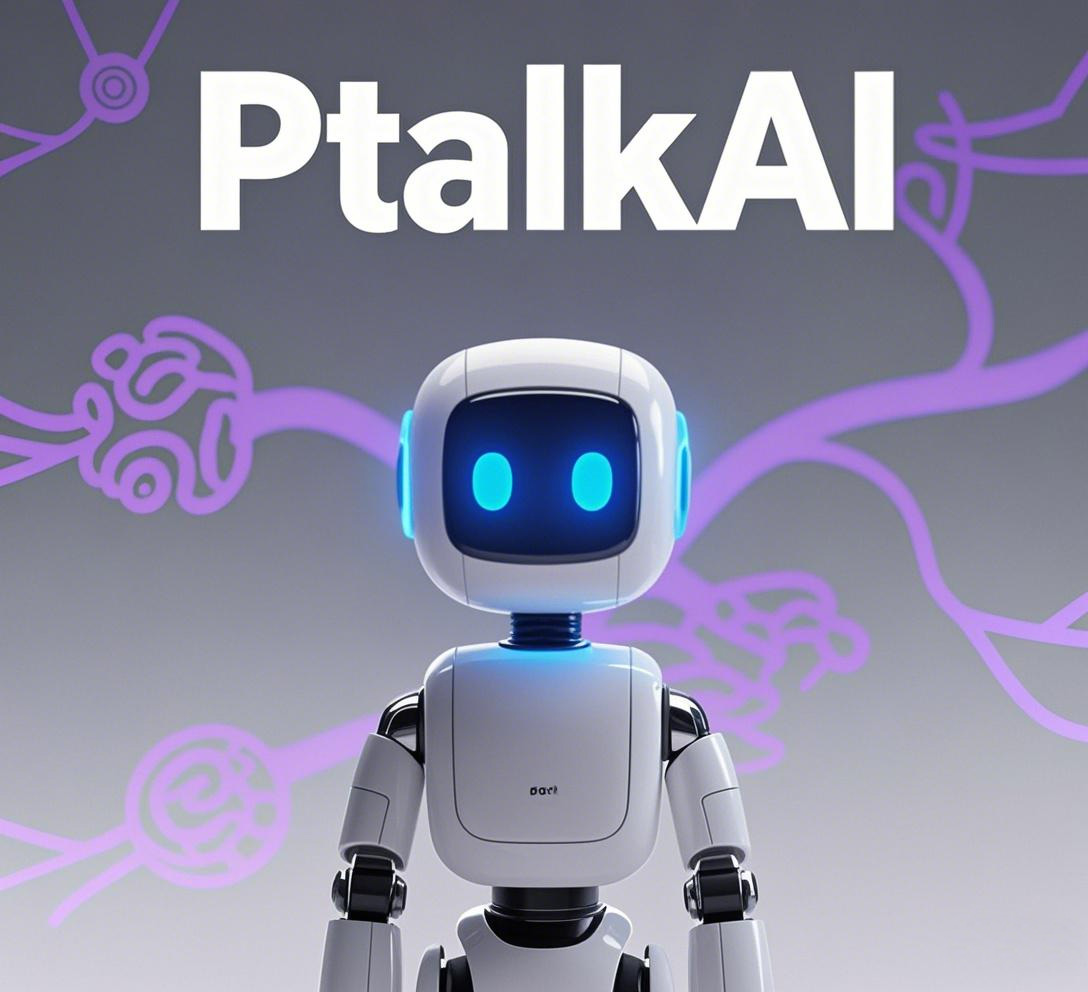Cutting - Edge Skills for AI Intelligent Dialogue
小薇 2025-06-13
In an age where artificial intelligence permeates every aspect of our digital lives, AI intelligent dialogue systems have become indispensable tools.
Cutting - Edge Skills for AI Intelligent Dialogue
In an age where artificial intelligence permeates every aspect of our digital lives, AI intelligent dialogue systems have become indispensable tools. From streamlining business operations to fueling personal creativity, these systems offer vast potential. However, to truly unlock their capabilities, users need to master a set of cutting - edge dialogue skills. This article delves into advanced techniques that can transform your interactions with AI, ensuring more productive, insightful, and innovative exchanges.
1. Semantic - aware Prompting for Precise Understanding
Semantic - aware prompting goes beyond simple word - for - word communication. It focuses on conveying the exact meaning and context by leveraging semantic relationships. Instead of a basic prompt like “Find healthy recipes,” you can use a more semantic - rich version: “Search for gluten - free, low - calorie recipes that are suitable for a Mediterranean - style diet and can be prepared within 30 minutes.” By specifying these semantic details, you help the AI better understand your requirements, resulting in more targeted and relevant responses. This skill is especially useful when dealing with complex or specialized topics where nuances in meaning can significantly impact the quality of the output.
2. Generative Adversarial Prompting for Creative Excellence
Inspired by generative adversarial networks (GANs), generative adversarial prompting involves creating a competitive or contrasting scenario within the prompt. When asking an AI to design a logo, you could say, “Create two logo concepts: one that is bold and modern, aiming to attract a young, tech - savvy audience, and another that is classic and elegant, targeting a more traditional, upscale clientele. Then, compare the strengths and weaknesses of each design.” This approach encourages the AI to think creatively and generate diverse options, while also providing an analysis that helps you make more informed decisions. It’s an excellent way to push the boundaries of AI - generated creativity.
3. Knowledge - augmented Prompting for In - depth Insights
With the integration of external knowledge bases in many AI systems, knowledge - augmented prompting allows you to tap into a wealth of information. For example, if you’re researching historical events, you can prompt the AI as follows: “Based on the records from the World History Encyclopedia and the latest archaeological findings, analyze the long - term social and economic impacts of the fall of the Roman Empire.” By specifying the knowledge sources, you ensure that the AI draws on reliable and relevant information, leading to more comprehensive and accurate insights. This technique is highly valuable for academic research, professional analysis, and any task that requires in - depth knowledge application.
4. Context - continuous Prompting for Seamless Conversations
Maintaining context throughout a conversation is crucial for effective interaction with AI. Context - continuous prompting involves referring back to previous statements and building on them. For instance, in a discussion about planning a vacation, after the AI suggests a destination, you can respond with, “That sounds interesting. Considering the budget we discussed earlier, what are some affordable accommodation options and local attractions in [destination]?” This way, the AI can take into account the ongoing context and provide more relevant and personalized answers, creating a more natural and seamless dialogue experience.
5. Ethical - guided Prompting for Responsible Use
As AI becomes more integrated into society, ethical considerations are paramount. Ethical - guided prompting encourages users to frame their requests in an ethical manner. When asking an AI to generate content, you might say, “Create marketing copy for our product that adheres to fair trade principles and promotes environmental sustainability, avoiding any false or misleading claims.” By incorporating ethical guidelines into your prompts, you ensure that the AI’s output aligns with moral and social values, contributing to the responsible development and use of AI technology.
In conclusion, mastering these cutting - edge AI intelligent dialogue skills is essential in today’s technology - driven world. Whether you’re a professional, a student, or a casual user, these techniques can enhance your ability to interact with AI effectively, enabling you to achieve better results, inspire creativity, and make more informed decisions. As AI continues to evolve, staying updated with these advanced skills will be key to maximizing the benefits of these powerful dialogue systems.










